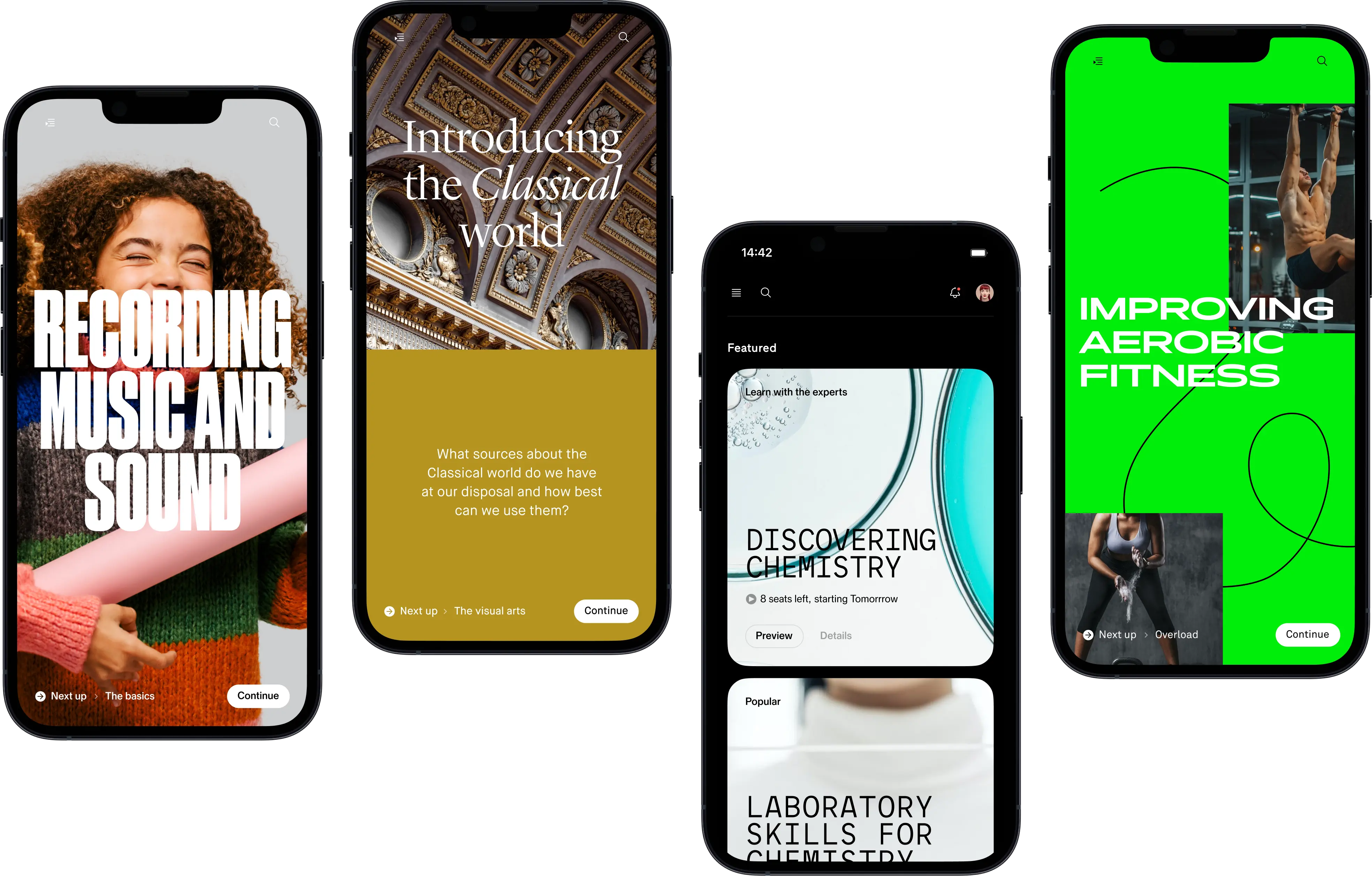Your ABC guide to the LMS
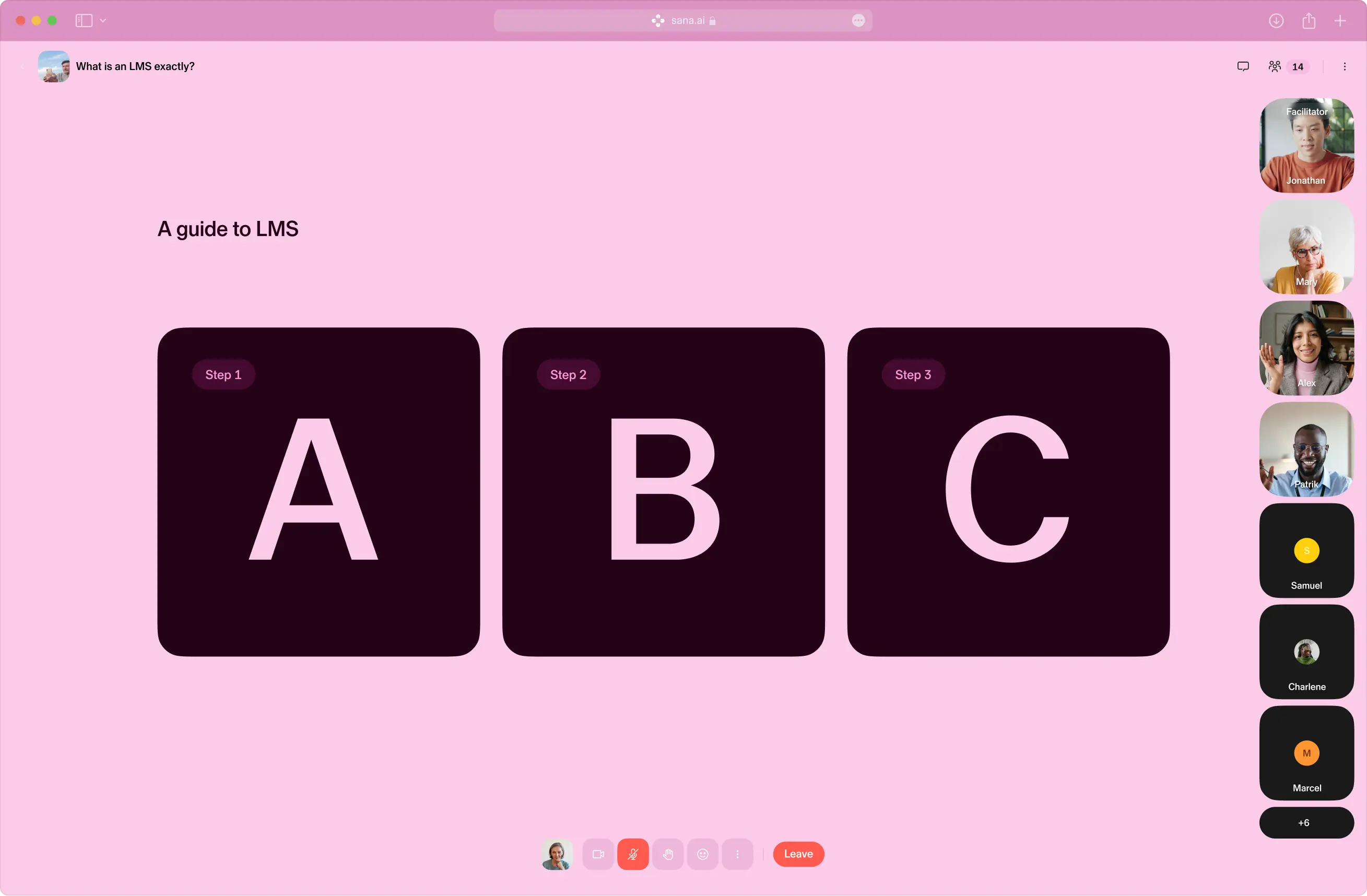
If you’re new to the world of learning technology, we’ve got you. Here are all the questions you should never be afraid to ask when understanding and choosing an LMS for the first time.
What is an LMS exactly?
The LMS used to be all about prescribing learning
An LMS is a type of e-learning software application that’s existed since the early 1990s. The acronym stands for Learning Management System. Traditionally, LMSs enabled organizations to manage, distribute, and track online training. That’s why they have been so popular for mandatory and regulatory courses. (Think Information Security or Ethics training.) With an LMS, an organization can more easily prove its employees have learned what they were supposed to. There’s a clear regulatory audit trail.
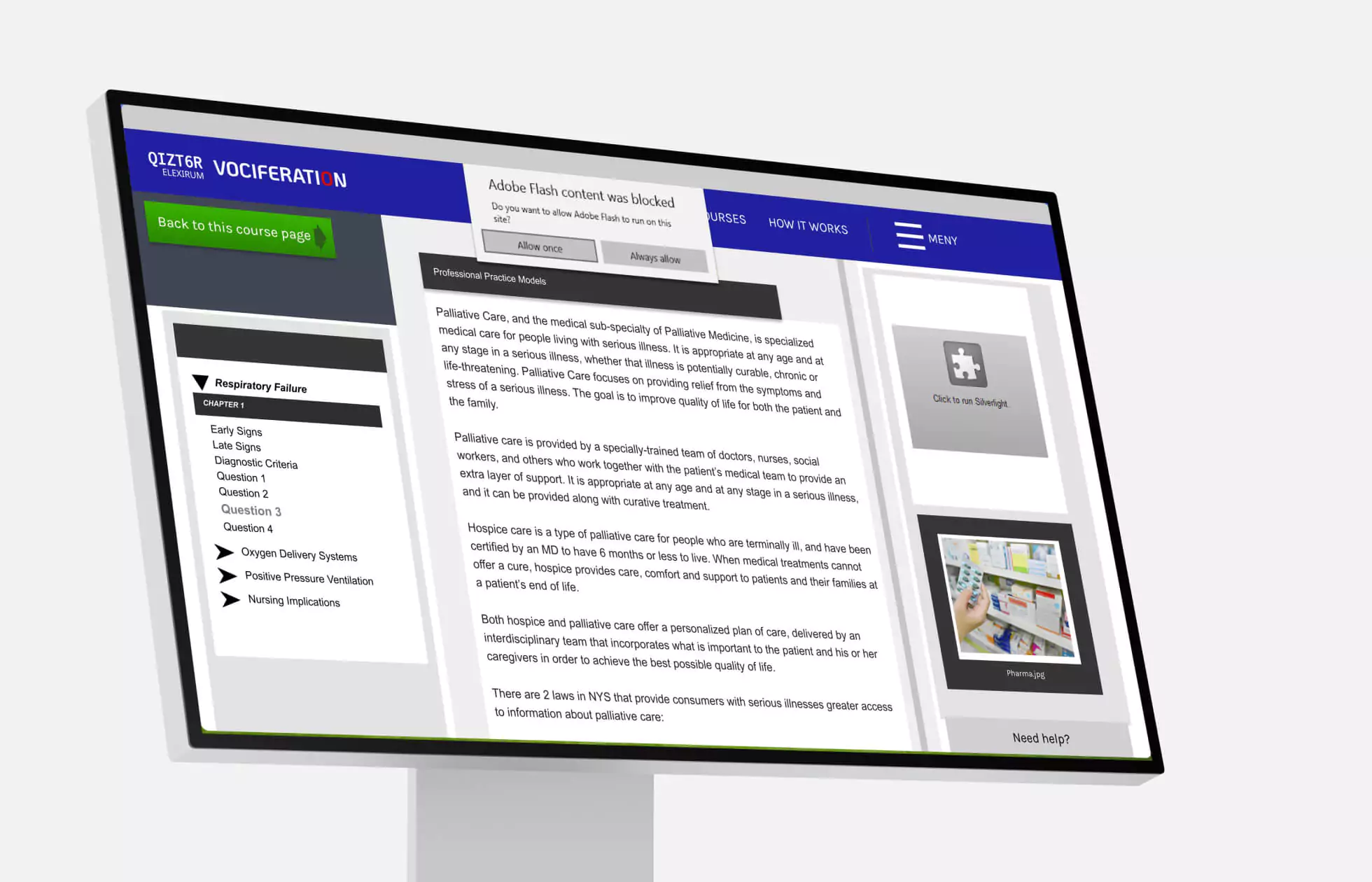
The LMS can be about unlocking learning
Historically, LMSs had a reputation for being tricky to use. That’s because they were designed with management and administration in mind. But the learning technology market has evolved, and the LMS has evolved with it. Today, many LMS systems aim to do much more than learning management. They might enable companies to create e-learning material, like an authoring tool. Or empower employees to browse and discover relevant courses, like a Learning Experience Platform (LXP). As the boundaries between the systems blur, more providers are referring to themselves as a learning platform. That’s how we describe Sana.
When’s the right time to bring in an LMS system?
Tough question. Needs can vary so much between organizations. That said, two common traits are company size and growth rate. If you’ve reached 200+ employees and are increasing your headcount, you’re probably experiencing at least one of the following LMS-ready signs:
Sign #1—Employee onboarding is becoming painful to manage
Spreadsheets and personal calendar invites are fine when you have a new joiner every couple of months. But they’re not fine when you have several new joiners starting every couple of days. With a process as important as onboarding, admin-juggling can cause a lot of stress.
An LMS can help scale your onboarding program by automating many of the manual steps. With the right HRIS integration, the LMS system can automatically enroll new hires in the onboarding progress. If you have a growing sales team, you can do the same thing with sales enablement training.

Sign #2—Teams are expanding and your managers need more leadership skills
Junior leaders are common in scaling startups. After all, external senior hires can be a risky move for the company. Why shouldn’t you bet on the ambitious people who’ve shown grit and dedication since day 1?
As your company grows, leadership becomes more challenging. Strategic decisions can get more complicated; people concerns become more nuanced. You know your first-time leaders need more training and support, but everyone is so busy.
In this scenario, culture and technology work hand in hand. If your exec team can give your leaders the permission and space to train, then the right LMS platform can ensure they develop.

Sign #3—Compliance is higher on the company agenda
Every fast-moving company reaches the “growing up” phase. There are new certifications to attain, more processes to tighten, fresh rules to respect. As always, you’re short on time.
LMSs shine in this kind of scenario. You can enroll employees in mandatory trainings, set due dates, and track all the completions. The tracking part here is key—you can prove to regulatory bodies that your company is being compliant.
Once you can prove compliance, you want to optimize it. After all, these mandatory courses can take hours. What if your employees could finish them in 1 instead of 3? This is where personalization comes in. The right LMS will assess each employee’s knowledge level and adapt the course accordingly. So no one spends time learning what they already know.
_
If you recognize at least one these signs, you should probably consider an LMS or equivalent learning platform.
How do I choose the right LMS for my organization?
There are a lot of learning management systems out there, so it’s easy to get overwhelmed. But a little preparation goes a long way.
Instead of diving straight into online research, start by thinking about what you need and how you will compare different products.

Step 1 - Map the outcomes you’re trying to achieve
Every product exists to provide solutions to problems. What are yours? And what does success look like? Start by listing everything out. For example:
- How can our new employees become productive sooner?
- How can our sales team become more effective?
- How do we reduce business risk?
- How do we retain and evolve our unique culture as we scale?
- How do we create higher-performing teams?
- How do we free up our HR team’s time?
- How do we keep employees engaged?
Evaluating tools is much easier when you know what you’re trying to achieve.
Step 2 - Create your decision-making framework
With a clear outcome in mind, it’s time to evaluate different providers. In our experience, the decision rarely comes down to features. Yes, you’re buying a product. But you’re also buying into that product’s company. Is that company the right partner for you?
Here’s an example of some evaluation criteria:
Priority features
- What features do they have?
- Can we create the kind of learning programs we want?
- What’s missing?
Product vision and strategy
- Where is the product going and how well does that match our needs?
- What’s the company’s track record? How well do they execute?
Partner compatibility
- Does the company share our values?
- How good is the customer support?
Every company has different priorities and preferences. By identifying what matters to you at the start, you can eliminate options more quickly and evaluate strong contenders more rigorously.
I still don’t get the difference between an LMS and LXP. And what about authoring tools? Do I need all of them in my learning stack?
There are two main schools of thought on the company learning stack:
- Build your own ecosystem from a range of specialist tools—and get custom control
- Run everything from one fully-integrated system—and keep things nice and simple
The custom learning ecosystem
Here’s what your stack might look like if you take the custom route. You build your learning ecosystem through multiple API integrations.
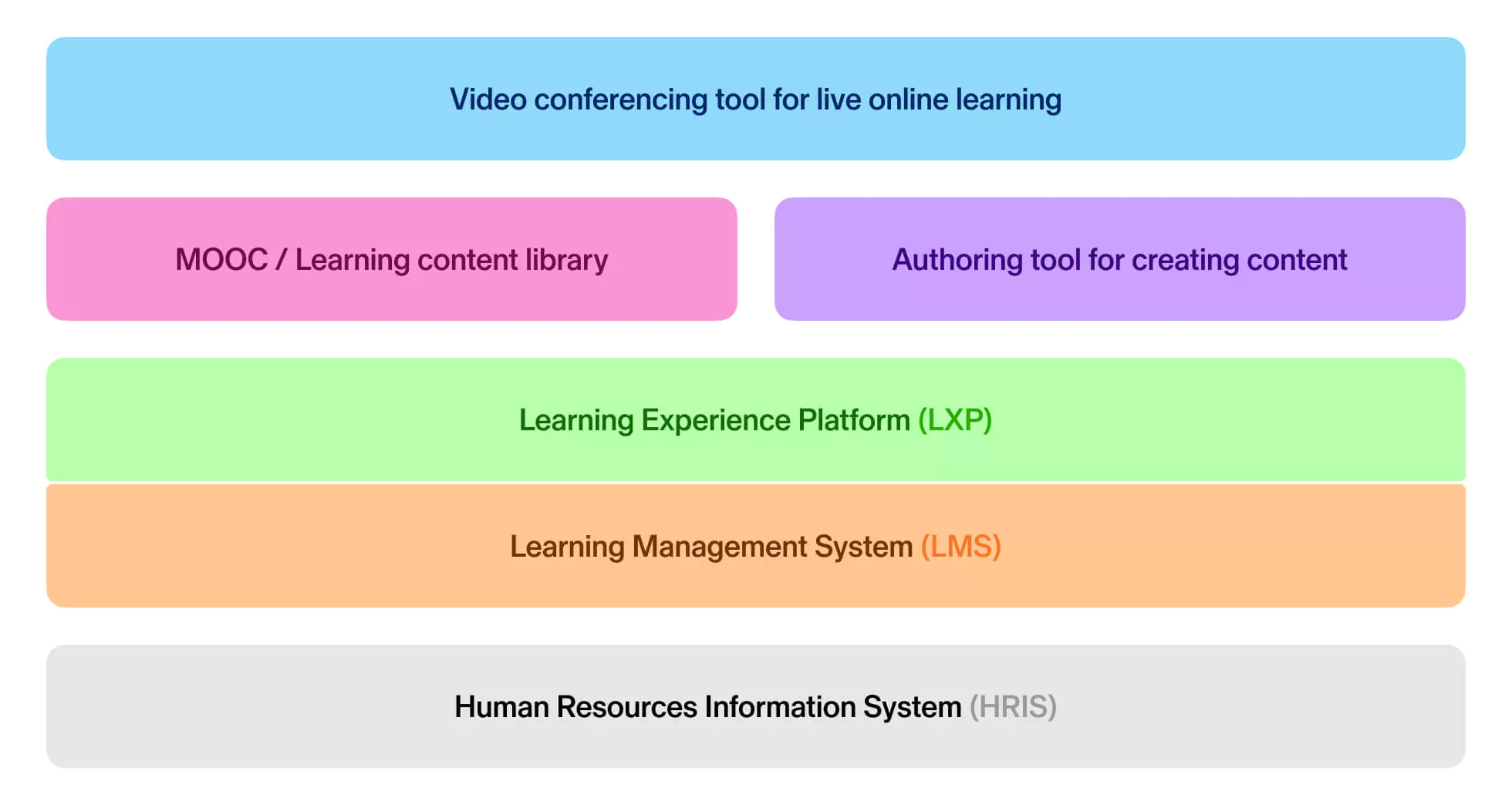
Here are the purposes for all of these tools.
LMS - Learning Management Platform
- An LMS is the e-Learning software that manages, distributes, and tracks online learning.
LXP - Learning Experience Platform
- Where traditional LMSs focus on assigning and tracking learning, LXPs are all about discovering and choosing learning.
- Like Netflix or YouTube, LXPs often use personalization to make relevant content suggestions.
MOOCs - Massive Open Online Courses
- Massive Open Online Courses (MOOCs) are a type of e-learning content. The most common format is on-demand, recorded videos. They may come with a defined syllabus program.
- Many LXPs integrate with learning content providers that produce MOOCs.
Authoring tool
- Authoring tools enable organizations to create their own learning content without writing code. Think of them as a website CMS, but for learning instead of marketing.
- There’s usually a drag-and-drop editor and the ability to upload existing content.
The integrated learning platform
If you go down the integrated route, the core authoring, LXP, and LMS functionalities will exist within one learning platform. To increase the amount of available learning content, you can integrate with a third party content library.
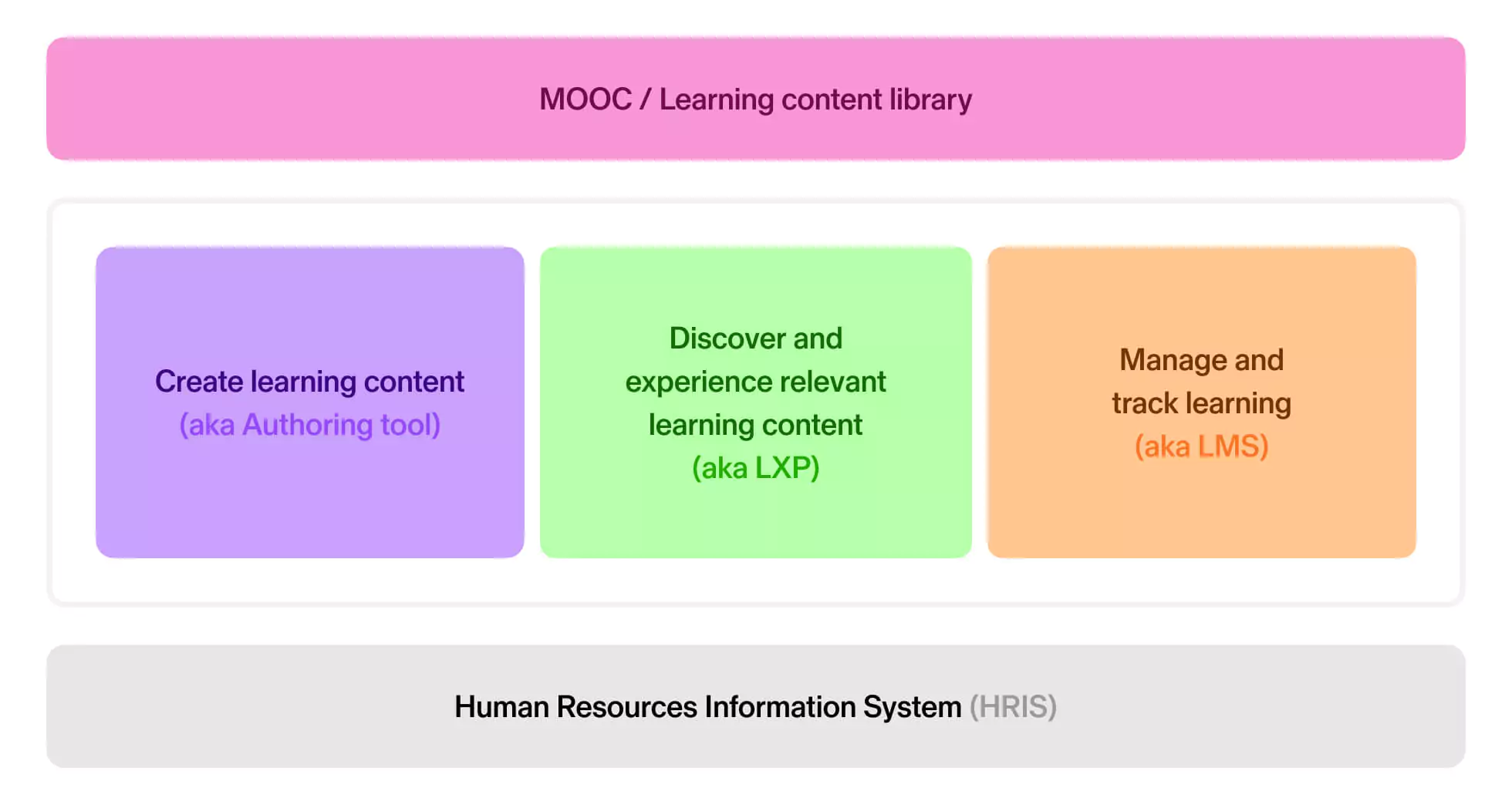
The underlying capabilities of these two approaches are the same. Ultimately, you want to create, experience, distribute, and measure learning. The difference is whether you do these things in one platform or several.
Should we choose an integrated learning platform or build a custom ecosystem?
Another tricky (but very good) question.
Generally speaking, SMBs and scaleups don’t need to build an ecosystem. You’re busy and need to move fast—two characteristics that lend themselves well towards a simple, integrated learning solution.
Another consideration is cost: five learning tools equals five contracts. So if you’re spend-conscious, an integrated learning platform is probably more appealing. It should end up costing less overall.
That said, you might be drawn to some specific features that only a dedicated tool can provide. Always remember to cross-check them against your desired outcomes. How critical are these features to achieving your goals?
How do I get my company to use our LMS?
Great tech will only get you so far. If you want your employees to embrace your new LMS, you need to put on your marketing hat.
#1 Empower your learning ambassadors
These could be subject matter experts or employees who are very passionate about learning. And they can be in any team. Your job is to find them and give them access to your new platform as quickly as possible. The faster these people become power users, the faster they can promote the benefits across the company.
#2 Find an executive sponsor
Employees will almost always prioritize day-to-day work over personal development. Unless they see more senior people doing it. That’s why it’s crucial to have a sponsor from your executive team. Record a short welcome video with them and upload it to the platform, invite them to share their learning habits in a Lunch and Learn. Your goal is to turn this exec leader into a company role model.
#3 Tie the platform launch to a genuine skills gap
Let’s say your leaders have been struggling to build psychological safety in their remote teams. What better way to launch your new LMS than with a brand new leadership academy? You’ll prove the platform’s value faster because you know there’s demand, and show the team you’re listening to their needs at the same time. It’s a win-win.
#3 Collaborate with your comms team
Last but not least, treat your LMS launch like a product launch. Think posters, videos, Slack messages, live demos, All Hands announcements. Get in touch with your comms team and ask them to help you spread the word internally. The more awareness you raise, the more top of mind your new tool will be.
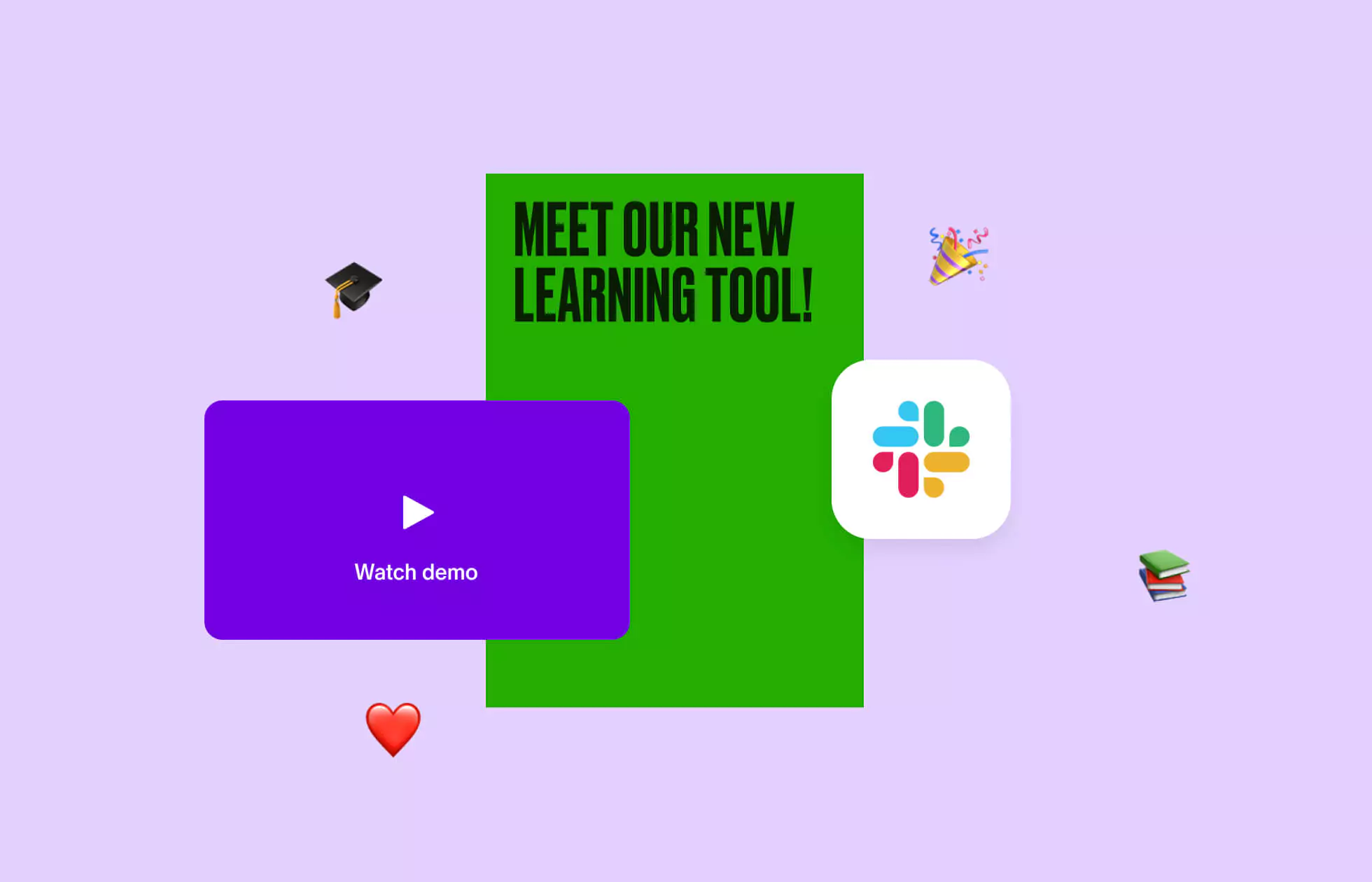
And whatever you do, make it fun. Workplace learning has a lousy reputation—don’t underestimate the power of a little humor and entertainment.
Any final LMS tips for a fast-moving company?
Every company is different, so you should always stay true to your culture and goals. But if the LMS race is tight and you’re struggling to choose, why not ask yourself these questions:
#1 Who can save us the most time?
Adding an LMS to your HR stack doesn’t have to mean starting from scratch. Who will let you upload and import existing learning material? Or integrate with a learning library? Where can you find re-usable and adaptable course templates? Time and resources are precious for fast-moving teams—these kinds of features will help you make the most of both.
#2 Which system supports our hybrid reality?
Work is no longer a place we go; it’s a thing that we do. So if you’re company has embraced hybrid work, then your learning platform should embrace it too. What about all your former classroom trainings? How will you run those remotely? Now that they’re happening online, how might you optimize them? It’s so easy to associate workplace learning with online courses, but learning has so many forms. Find the platform that offers the variety you aspire to.

#3 Where will learning best come to life?
Forget the laundry list of LMS features. This is about people and behavior change. Learning is hard. It’s an ongoing process that takes guts and vulnerability.
So where are your employees going to feel the most safe? The most inspired? The least inhibited?
If the feature lists match, go where your team will fall in love with learning. Because if you can achieve that, everything else will follow.
How to build a business case for your new learning platform
Read article